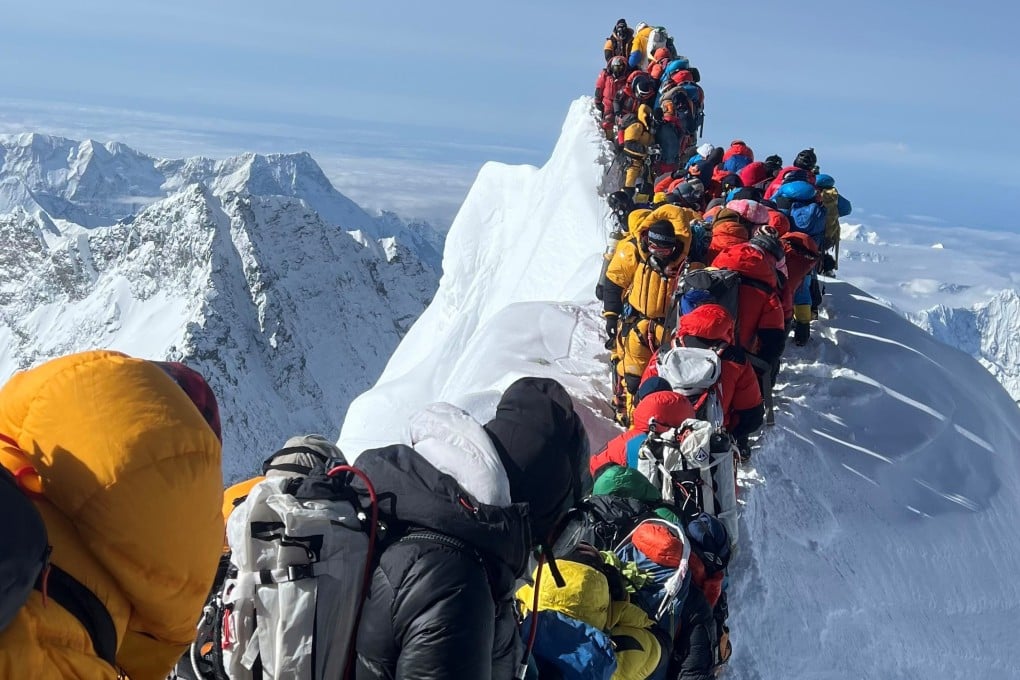Destinations known | Another deadly Everest spring climbing season – why are so many so eager to reach the summit?
- Eight dead, two of whom plunged into thin air when an ice ledge collapsed amid a high-altitude traffic jam – the crowds on Everest keep growing
- As author Jon Krakauer wrote after a similar disaster in 1996, ‘Everest has always been a magnet for kooks … and others with a shaky hold on reality’

The pre-monsoon climbing season in Nepal has come to a close for another year and once again it has been a deadly one.
The spring 2024 death toll among those attempting to summit Everest stands, at the time of writing, at eight, with other fatalities elsewhere in the Nepali Himalayas.
On May 21, Pastenji Sherpa, 23, and Briton Daniel Paterson, 40, fell to their deaths near the Hillary Step – a narrow ridge close to the summit – after reaching the top. The search for their bodies has been complicated by the fact they fell on the Chinese side of the mountain. (Incidentally, China reopened the much less busy Tibetan route to foreigners this year for the first time since closing it in 2020 because of the Covid-19 pandemic.)
Nepali climber (although not a Sherpa) Binod Babu Bastakoti, 37, also died after summiting that day.
A large traffic jam formed as climbers returning from the summit met a line of others heading for the mountain’s highest point.

